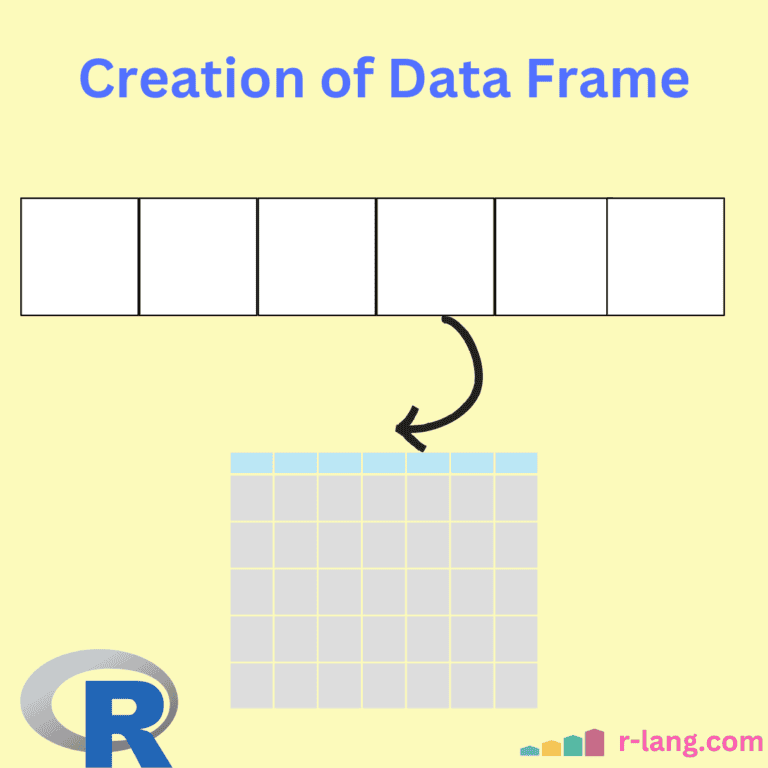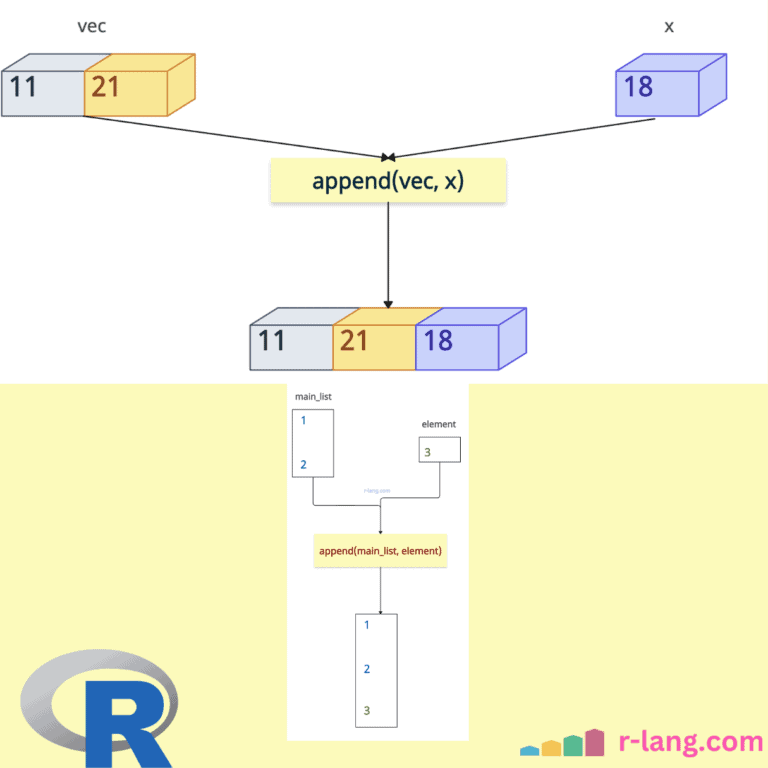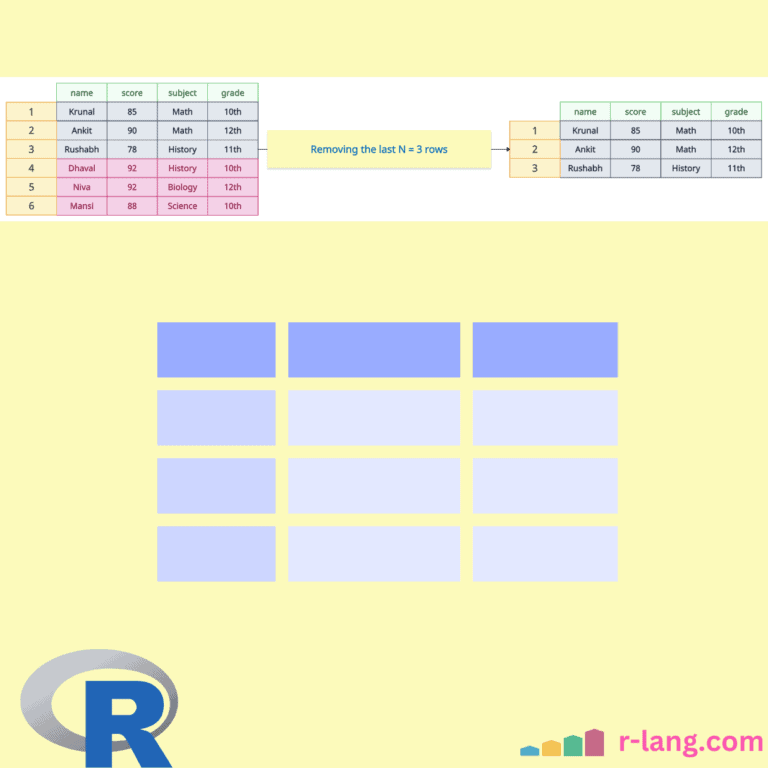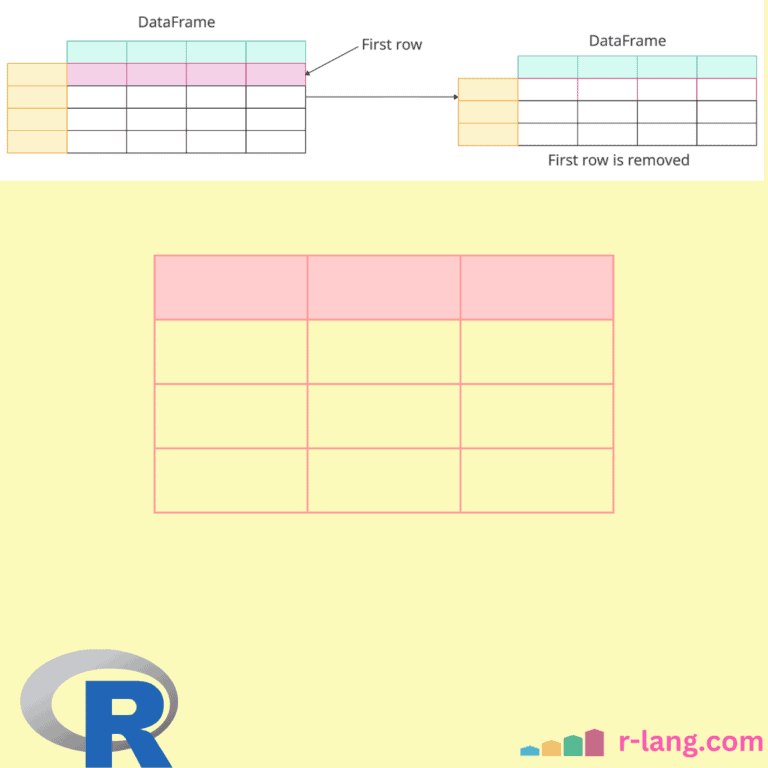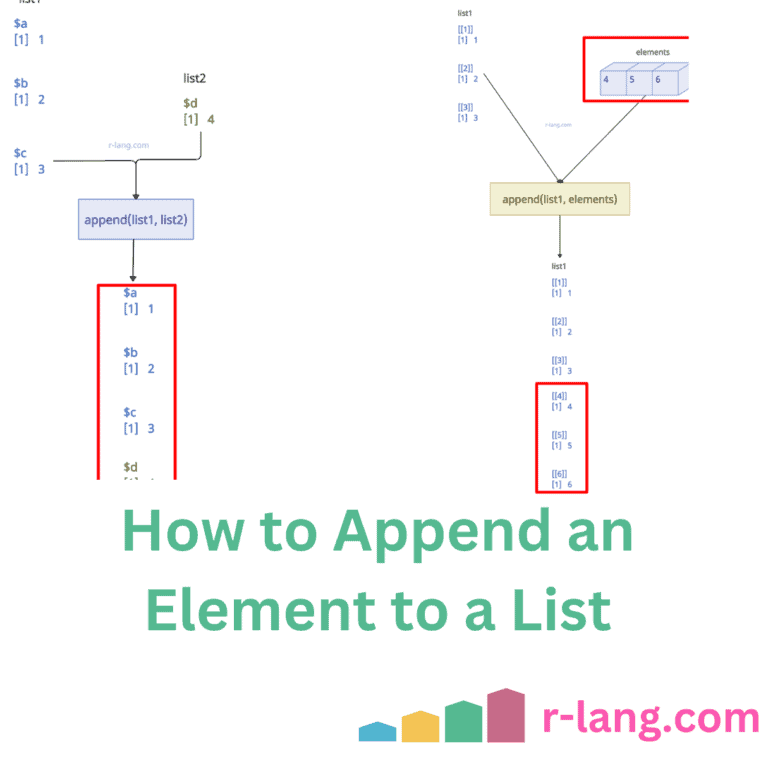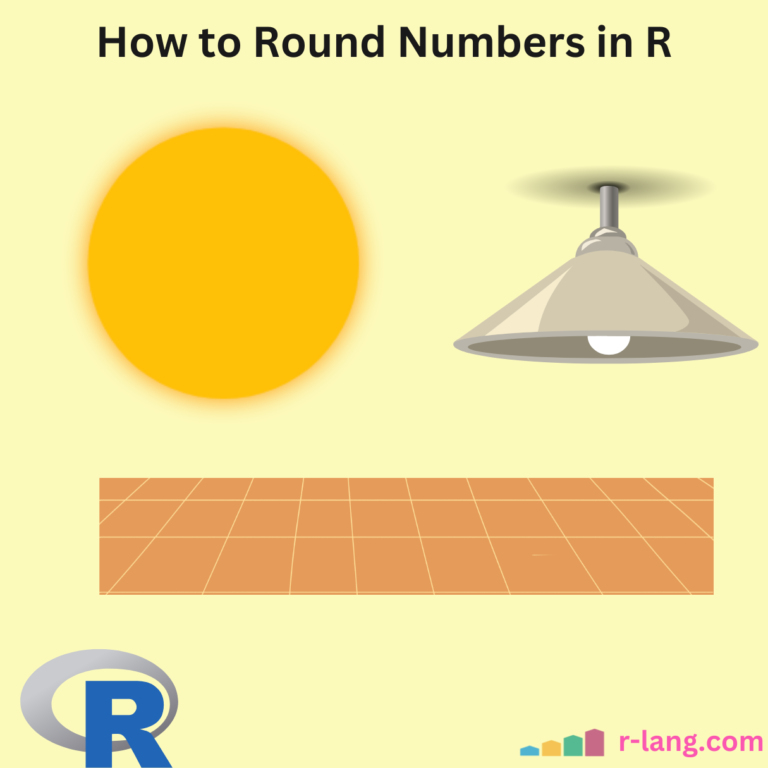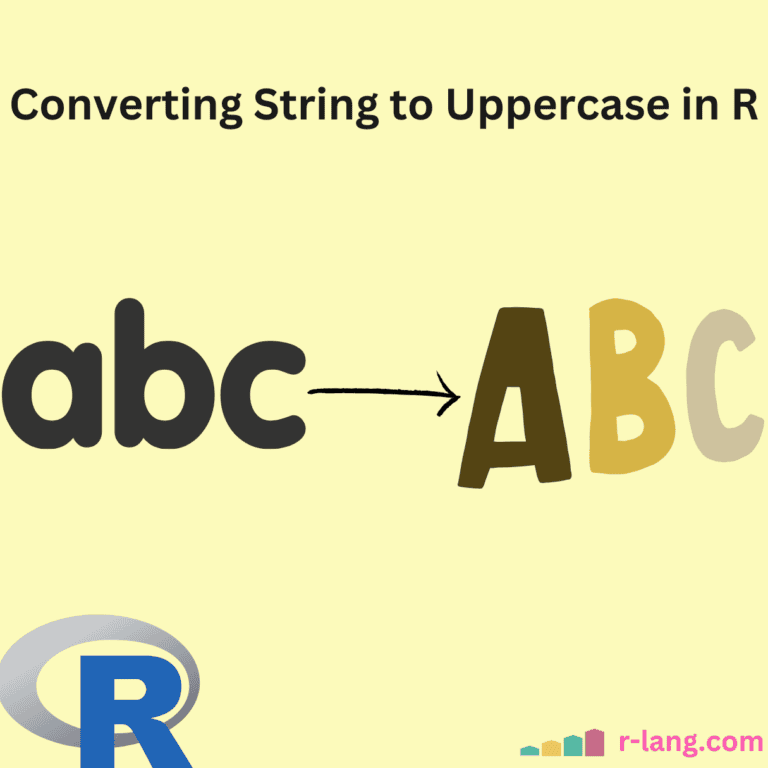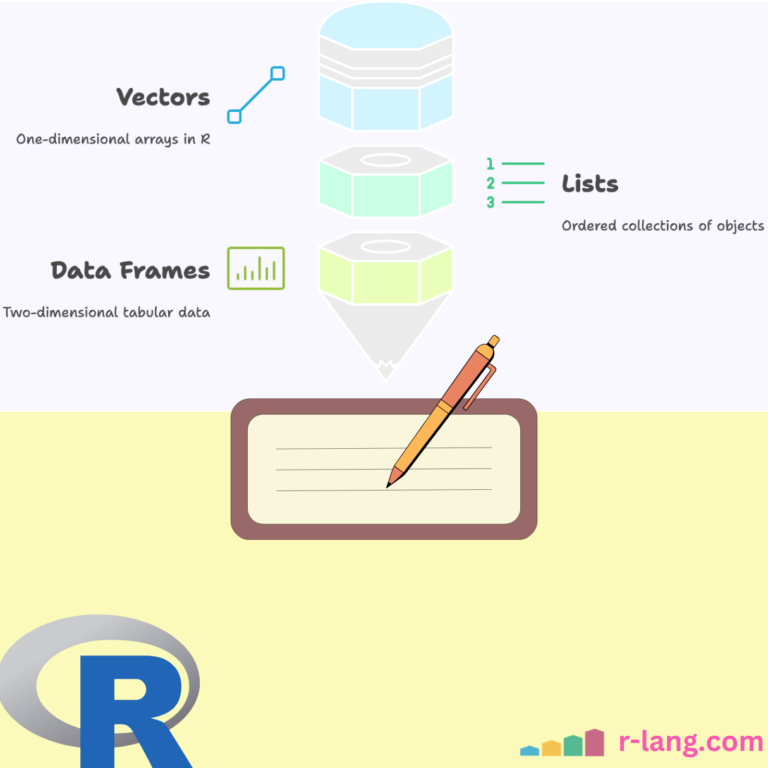How to Create a Data Frame from Vectors in R
To create a data frame from vectors in R, use the data.frame() function and pass the vectors. Ensure you have the same length of all the vectors; otherwise, it throws an error. The above figure shows five vectors. Each vector has its own type and the same length, which is five. After converting vectors to … Read more

